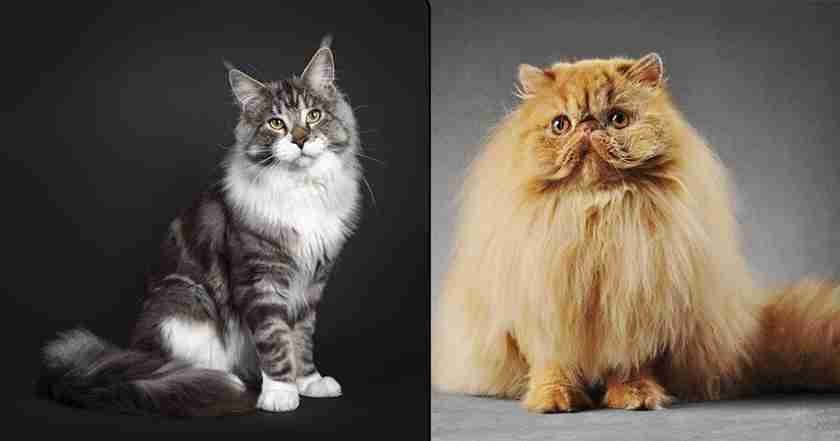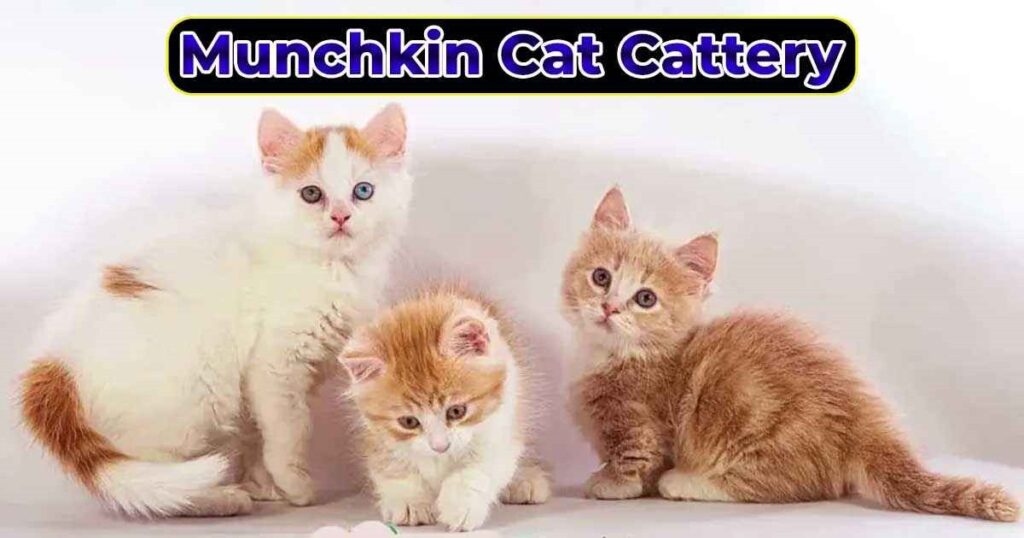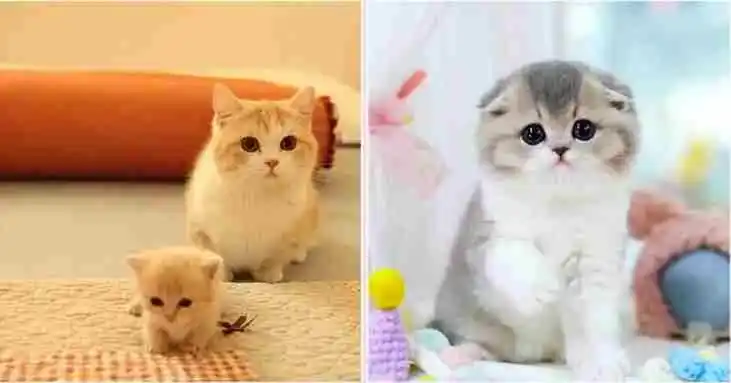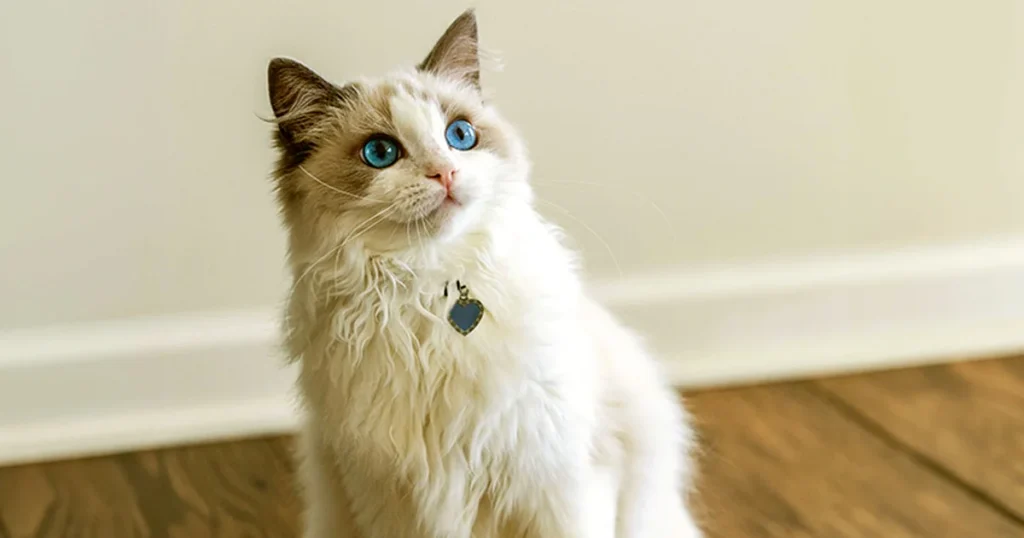The Korean Munchkin cat, with its irresistibly short legs and playful charm has become a beloved pet in Korea and beyond. Known for their dwarfism (achondroplasia), these cats stay small and kitten-like their entire lives, making them a favorite among cat lovers. But what makes them so special in Korea? Beyond their cute looks they’re linked to gaming slang (“Munchkin” means overpowered characters) and K-pop culture, adding to their trendy appeal.
If you’re considering bringing home a Munchkin cat, you likely have questions—Are they healthy? How much do they cost? Do they require special care? This guide covers everything, from their personality and lifespan to where you can buy one in Korea (or internationally). We’ll also explore why they’re so popular in Korean households and whether ethical concerns about breeding are valid.
By the end, you’ll know if a Korean Munchkin cat is the right pet for you. Ready to dive in? Let’s explore the facts, myths, and must-know tips about this unique breed!
Korean Munchkin Cat: The Ultimate Guide (Traits, Price, Care & Korean Trends)
The Korean Munchkin cat, with its adorable short legs and playful personality, has taken the internet—and Korea—by storm. But what makes this breed so special, and why is it particularly popular in Korea?
Munchkin cats are a unique breed known for their dwarfism (achondroplasia), giving them their signature stubby legs. In Korea, they’re not just pets—they’re a cultural phenomenon, often linked to K-pop, gaming slang (“Munchkin” means overpowered characters), and viral social media trends.
In this detailed guide, we’ll cover:
✔ What defines a Korean Munchkin cat
✔ Price & where to buy one
✔ Health concerns & lifespan
✔ Personality traits & care tips
✔ Why they’re trending in Korea
By the end, you’ll know if this breed is the right fit for you!
What is a Korean Munchkin Cat?
The Munchkin cat is a small-to-medium-sized breed with short legs caused by a genetic mutation. Unlike normal cats, their legs remain stubby throughout their lives, giving them a permanent kitten-like appearance.
In Korea, the term “Munchkin” (먼치킨) is also used in gaming culture to describe overpowered (OP) characters, which adds to their appeal. Korean pet lovers adore them for their cuteness and compact size, making them ideal for apartment living.
Key Facts:
- Breed Origin: First documented in the U.S. (1980s), but gained fame in Korea.
- Leg Structure: Short legs, but normal-sized body.
- Weight: 5-9 lbs (small but muscular).
- Coat Types: Short-haired & long-haired varieties.
- Korean Nickname: Sometimes called “Dwarf Cats” (난쟁이 고양이).
Bottom Line: A Korean Munchkin cat is a genetically short-legged feline with a big personality, adored for its cute looks and playful nature.
Korean-Inspired Munchkin Mixes?
While there’s no official “Korean Munchkin,” some breeders might market:
-
“Korean Short-Legged Cats” – Possibly Munchkin mixes with local Korean cats (though pure Korean domestic cats are typically long-legged).
-
Munchkin Scottish Folds (“Scottish Kilts”) – A mix of Munchkin legs and folded ears (popular in Korea but controversial due to potential health risks).
Physical Traits & Health Concerns
Munchkin cats are small but sturdy, with a long torso and short legs. Their unique build doesn’t slow them down—they’re surprisingly agile!
However, their short legs raise ethical concerns. Some argue that breeding them is unethical due to potential joint issues, but responsible breeders ensure healthy bloodlines.
Common Health Issues:
✔ Lordosis (spinal curvature) – Rare but possible.
✔ Arthritis – More likely in older Munchkins.
✔ Obesity risk – Need controlled diet due to short legs.
✔ Lifespan: 12-15 years (with proper care).
✔ No proven higher risk than other cats (if bred responsibly).
Myth Busting:
- “Munchkin cats are always in pain” → False.
- “They can’t jump or climb” → They adapt well!
Bottom Line: While generally healthy, Munchkin cats need proper care to avoid weight-related issues.
Personality & Behavior (Are They Smart?)
Don’t let their size fool you—Munchkin cats are energetic, curious, and highly social. They love playing fetch, climbing (yes, despite short legs!), and cuddling.
In Korea, they’re popular because they fit well in small spaces (like Seoul apartments) and have friendly, dog-like personalities.
5 Key Traits:
✔ Playful – Loves toys and interactive games.
✔ Affectionate – Follows owners around.
✔ Smart – Can learn tricks (like sitting or high-fiving).
✔ Good with kids/pets – Not aggressive.
✔ Vocal – Some “talk” more than others.
Bottom Line: A perfect companion cat—great for families, singles, and even first-time pet owners.
How Much Does a Korean Munchkin Cat Cost? (2024 Prices)
Prices vary based on breed purity, coat type, and breeder reputation.
| Type | Price Range (USD) | Where to Buy |
| Pet Quality | 500–
500–1,500 |
Local Korean breeders |
| Show Quality | 1,500–
1,500–3,000+ |
Registered catteries |
| Adoption | 100–
100–400 |
Shelters (rare) |
Additional Costs:
- Vaccinations & Checkups: ~$200/year
- Food & Supplies: ~$50/month
- Import Fees (if buying abroad):
- 300−
- 300−800
Warning: Avoid “too cheap” sellers—could be scams or unhealthy cats.
Bottom Line: Expect to pay
800–
800–2,000 for a healthy Korean Munchkin cat.
Where to Buy a Korean Munchkin Cat?
In Korea:
✔ Reputable Breeders (Check KCCK-registered ones)
✔ Pet Shops (But ensure ethical breeding)
✔ Online (Naver, Daum Cafés) – Verify seller reviews.
Outside Korea:
✔ International Breeders (Check TICA/CFA certifications)
✔ Adoption (Rare) – Some rescues have Munchkin mixes.
Red Flags:
- No health records.
- Too young (under 12 weeks).
- Refuses video calls.
Bottom Line: Always research breeders thoroughly to avoid scams.
Korean Munchkin Cat Care Guide
Diet:
✔ High-protein kibble (avoid fillers).
✔ Wet food for hydration.
✔ Portion control (prone to obesity).
Exercise:
✔ Interactive toys (feather wands, laser pointers).
✔ Cat trees with low platforms.
Grooming:
✔ Weekly brushing (more for long-haired).
✔ Regular nail trims.
Bottom Line: Low-maintenance but needs playtime to stay fit.
Why Are Munchkin Cats So Popular in Korea?
- K-Pop & Celebrity Influence – Some idols own Munchkins.
- Social Media Trends – #먼치킨캣 on Instagram/Naver.
- Compact Size – Perfect for small Korean homes.
- “Cute Culture” (Aegyo) – Fits Korea’s love for adorable pets.
Bottom Line: They’re the perfect mix of trendy and practical in Korea.
FAQs
Q: Do Munchkin cats stay small forever?
A: Yes! They remain small (5-9 lbs) due to their genetics.
Q: Are they smart?
A: Very! They learn tricks and solve puzzles easily.
Q: Can they jump?
A: Yes, but not as high as normal cats—they use stairs/ramps.
Q: Are they ethical to breed?
A: Debated, but responsible breeding minimizes health risks.
Q: Where can I adopt one in Korea?
A: Check local shelters or Naver pet adoption forums.
Final Verdict: Should You Get a Korean Munchkin Cat?
Great for: Families, singles, apartment dwellers.
Not ideal if: You want a highly athletic cat.
If you love playful, affectionate, and Instagram-worthy pets—a Korean Munchkin cat might be perfect for you!
Would you get one? Let us know in the comments!
Conclusion
The Korean Munchkin cat is undeniably charming—with its short legs, playful personality, and strong social media presence, it’s easy to see why this breed has captured so many hearts. Whether you’re drawn to their compact size (perfect for apartments), their dog-like affection, or their trendy status in Korean culture, these cats make wonderful companions for the right owner.
However, they do require responsible care—monitoring their weight, providing low-height climbing spaces, and choosing ethical breeders are all crucial. While debates about breeding ethics exist, well-bred Munchkins can live happy, healthy lives with proper attention.



